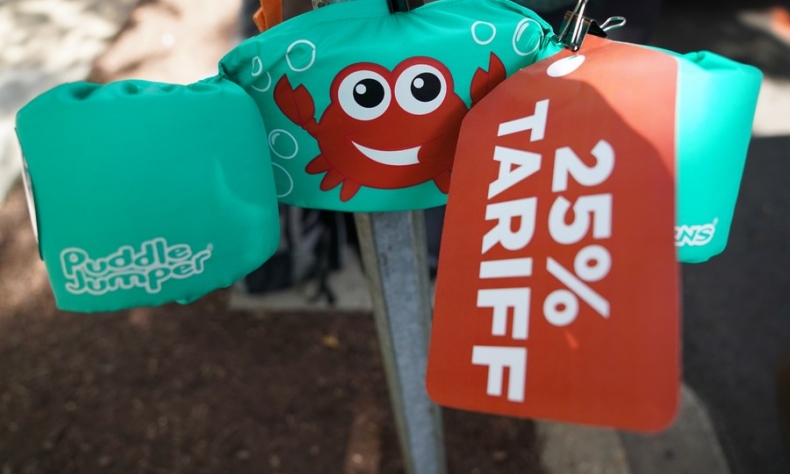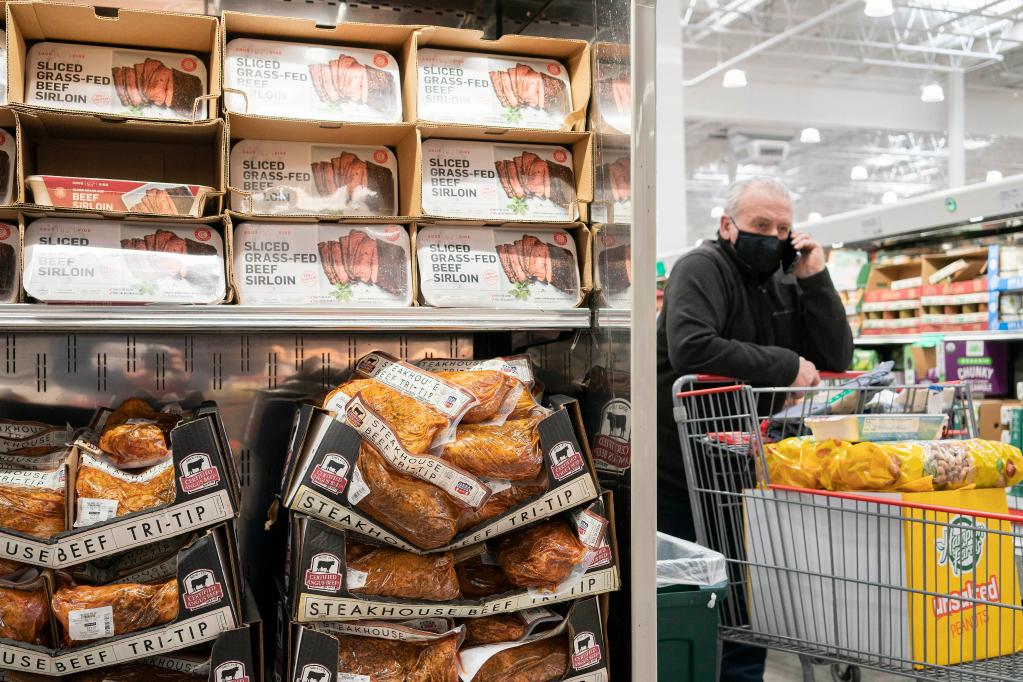To Add or Not to Add?

The current inflation really puts to the test the U.S. Government: Will it lift tariffs on Chinese goods for the good of its own people and economic development, or will it stick to the tariffs, even adding some on top, regardless of its population’s plight just for the intention of curbing China?
Calls within the United States to lower tariffs on Chinese goods are becoming louder amid the most rampant inflation the country has seen in four decades. Nevertheless, many politicians turn a deaf ear to the people’s pleas and even demand to extend the scope of added tariffs.
The appeal to remove tariffs comes from the viewpoint of ordinary consumers, as lower rates will cut the prices of goods imported from China and in turn ease the current wave of inflation. The opponents, however, speak on behalf of U.S. producers, who worry about more affordable Chinese goods seizing market shares from domestic American businesses.
Both arguments overlook the background of the general tendency of global economic development, including close economic interactions between China and the U.S.
Why is this elevated inflation hitting the U.S.? Two main factors come to mind: First, high tariffs slapped on Chinese goods are driving prices up; second, excessive money printed to cope with COVID-19 is flooding the market.
Added tariffs on Chinese imports cover goods worth 3.6 percent of U.S. GDP. According to the General Administration of Customs of China, trade between both countries in 2021 hit $755.6 billion, up 28.7 percent year on year, of which exports were valued at $576.1 billion, up 27.5 percent, and imports at $179.5 billion, up 32.7 percent.

In 2018, when the trade war had just gotten underway, bilateral imports and exports stood at $633.5 billion, up 8.5 percent over the previous year. These statistics reveal that the conflict, instead of hampering commercial flows between the two countries, is witnessing trade volume growth due to real market demand. Meanwhile, the added tariffs keep pace with growing trade volumes and U.S. consumers ultimately end up paying the bill. In this sense, canceling extra tariffs on Chinese goods will help ease inflation in the U.S.—to some extent.
Will the removal of added tariffs on Chinese goods eat away at American businesses? The answer is: nay.
Although the U.S. is rife with anti-globalization and trade protectionism, it is globalization’s biggest beneficiary. Globalization has led to a more detailed international division of labor. Primary business in the U.S. lies in high-end industries and services, while medium and low-end manufacturing has long been transferred to China and Southeast Asia. Most Chinese imports are medium and low-end manufacturing, which will not crush U.S. domestic businesses. Also, ever since the trade war started, performance of existing medium and low-end U.S. businesses hasn’t wavered, while products from Southeast Asia are gradually filling the gap left by Chinese goods. Removing or retaining added tariffs won’t really impact these companies.
The U.S. initially imposed high tariffs on Chinese goods not to save its own medium and low-end manufacturing, but to contain China’s development. But the plan has failed. Despite trade conflict-induced disruptions, Sino-American trade is not in any kind of downward spiral. Over the past 40 years, globalization has completely intertwined both nations. This partially explains why the plot to contain China through trade fees has backfired and produced severe inflation in the U.S. Some have caught on to this. U.S. Treasury Secretary Janet Yellen said in May that lifting some of Donald Trump’s China tariffs could ease inflationary pressure on the U.S. economy.
Looking back on its economic cycles throughout the past centuries, high inflation has always landed the U.S. economy in recession. The current inflation really puts to the test the U.S. Government: Will it lift tariffs on Chinese goods for the good of its own people and economic development, or will it stick to the tariffs, even adding some on top, regardless of its population’s plight just for the intention of curbing China? Time to choose, to add or not to add.
 Facebook
Facebook
 Twitter
Twitter
 Linkedin
Linkedin
 Google +
Google +










